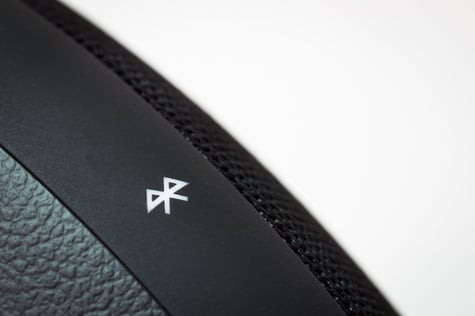Wi-Fi 7 is the latest version of the widespread local area networking technology. It boasts significant upgrades across the board, with improvements to data rate, bandwidth, latency and more.
But with Wi-Fi 7 yet to see widespread adoption, how does it shape up against its already impressive 6 and 6E predecessors? Read on to find out more about the latest instalment of Wi-Fi technology.
What is WiFi 7?
Wi-Fi 7, otherwise known as IEEE 802.11be, is the latest version in the Wi-Fi family of wireless network protocols. It has been in development since 2021 and has only recently reached the stage of certification with Wi-Fi Alliance’s announcement for next generation devices. With it getting seemingly closer to widespread deployment, broadband providers such as EE have already announced plans to roll out Wi-Fi 7 technology to their consumers.
What are the features of Wi-Fi 7 compared to Wi-Fi 6?
Greater bandwidth
Wi-Fi 7 has significantly higher bandwidth when compared to Wi-Fi 6 & 6E thanks to the use of all the 2.4, 5 and 6 GHz frequency bands. This provides Wi-Fi 7 devices with exceptional bandwidth, with 320 MHz to utilise on the 6GHz band alone. As a result, device density won’t be a problem in most commercial and domestic applications, eliminating the challenges of interference and slow speeds as a result. In comparison, Wi-Fi 6 only uses the 2.4 and 5 GHz bands, with 6E being specialised for 6 GHz.
Increased data density
Wi-Fi 7 utilises 4K-QAM technology. This is a direct upgrade in transmission rate when compared to the 1024-QAM technology of Wi-Fi 6 & 6E. At the technical level, this technology is able to send 12 bits per symbol rather than 10. This results in an increase in data density and transmission rates that directly reduces latency. As a result, 4K and 8K video streaming is possible with Wi-Fi 7 technology.
Faster speeds
Thanks to the improvements to bandwidth and data density, Wi-Fi 7 has exceptionally fast speeds of over 30 gbps. This is further enhanced through the integration of multi-link operation (MLO) technology. MLO aggregates multiple channels together rather than using them separately, boosting throughput and improving connection reliability. In this respect, Wi-Fi completely outperforms Wi-Fi 6 & 6E’s maximum of 9 gbps.
Antenna integration is vital to take advantage of Wi-Fi 6, 6E and 7
Wi-Fi 7 outperforms Wi-Fi 6 & 6E in almost every aspect, boasting exceptional bandwidth, speeds and minimal latency. But even with all these upgrades, the realistic need for Wi-Fi 7 at the moment is rather minimal. Many applications have yet to take full advantage of the features of Wi-Fi 6E such as orthogonal frequency-division multiple access (OFDMA). And with the widespread integration of Wi-Fi 7 looking to be far beyond the horizon, you still have time to take full advantage of the current generation.
For your device to take full advantage of either Wi-Fi 6, 6E or 7, you need to integrate an antenna solution that places performance as a priority. Antennas that support the MU-MIMO and dual-band features of Wi-Fi 6 & 6E will provide devices with enhanced speeds, reduced latency and greater bandwidth. Moreover, these wireless solutions need to exhibit good efficiency and performance for different devices to operate in their respective applications.
Integrate the perfect antenna for your Wi-Fi device at Antenova
At Antenova, we offer a wide range of antenna solutions that each showcase efficiency, connectivity and performance without compromising on either. Our products are also designed with integration in mind to streamline the process and shorten the design cycle of your device.
To find out more about our range of products designed for Wi-Fi applications or to find out more about our antenna solutions, contact a member of our team today.




